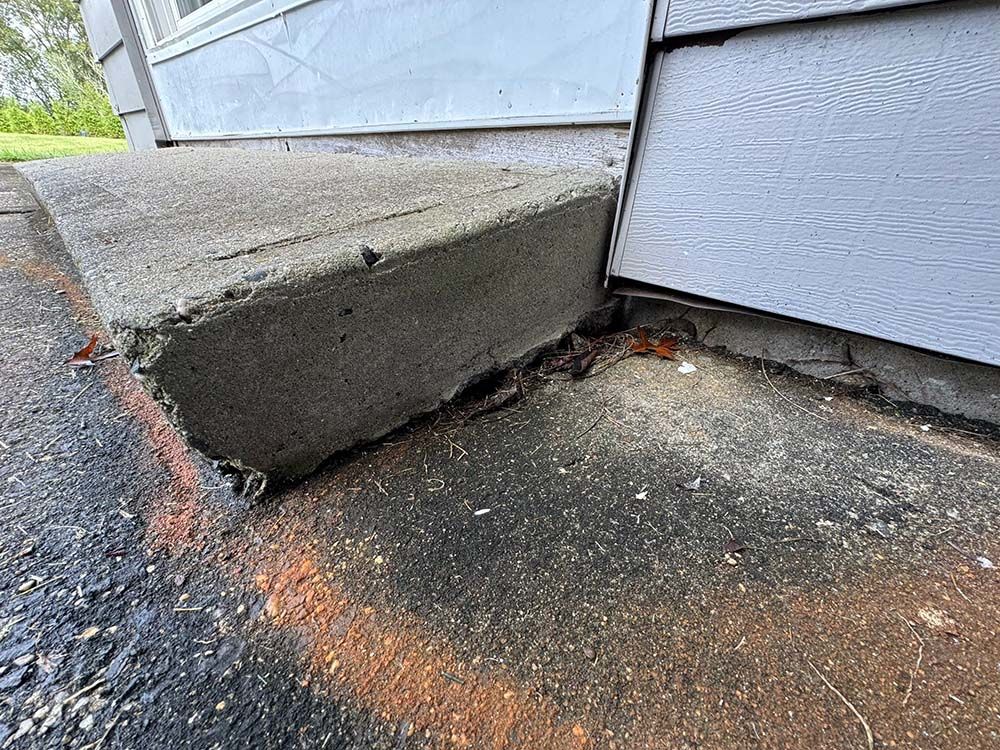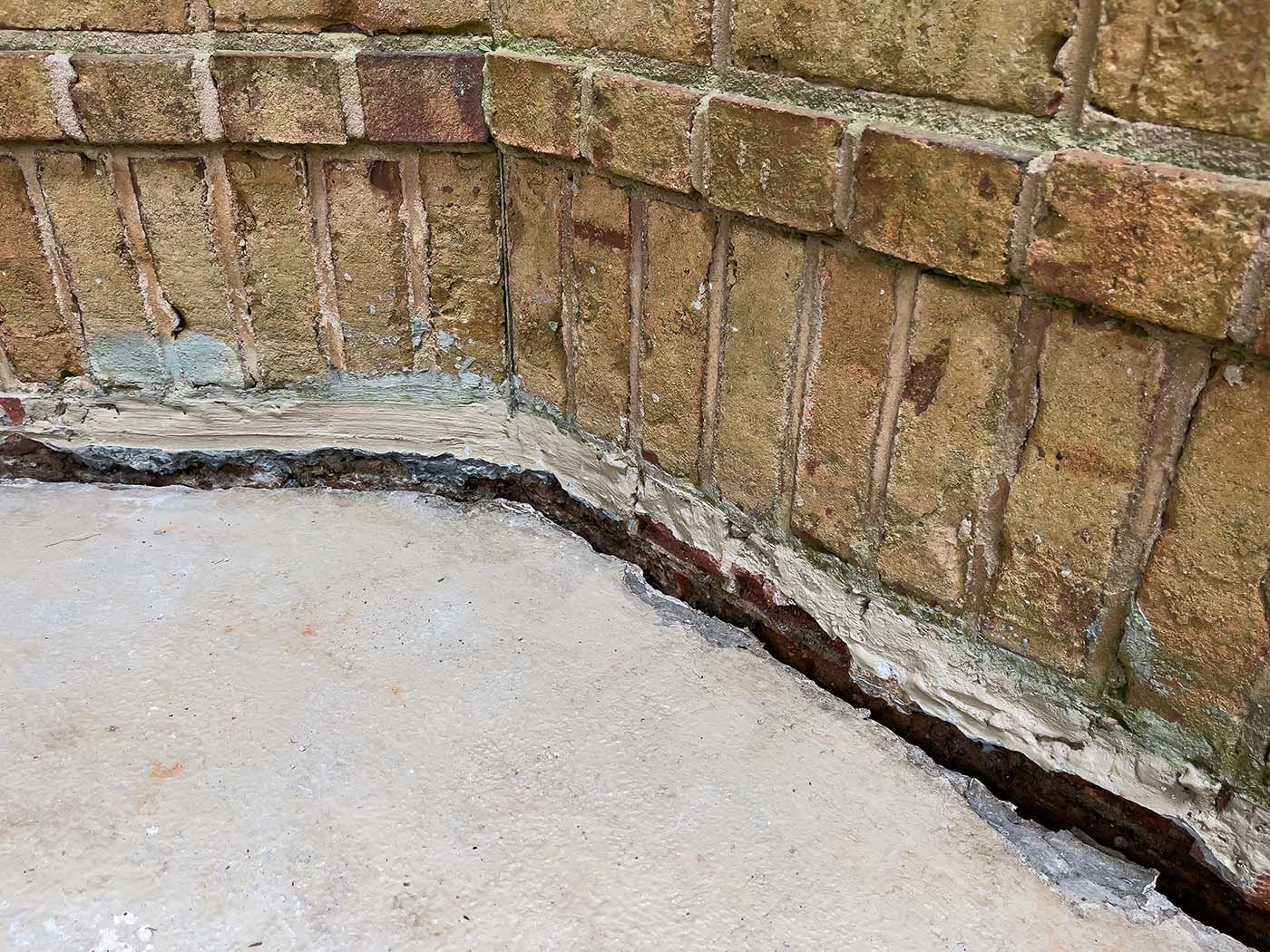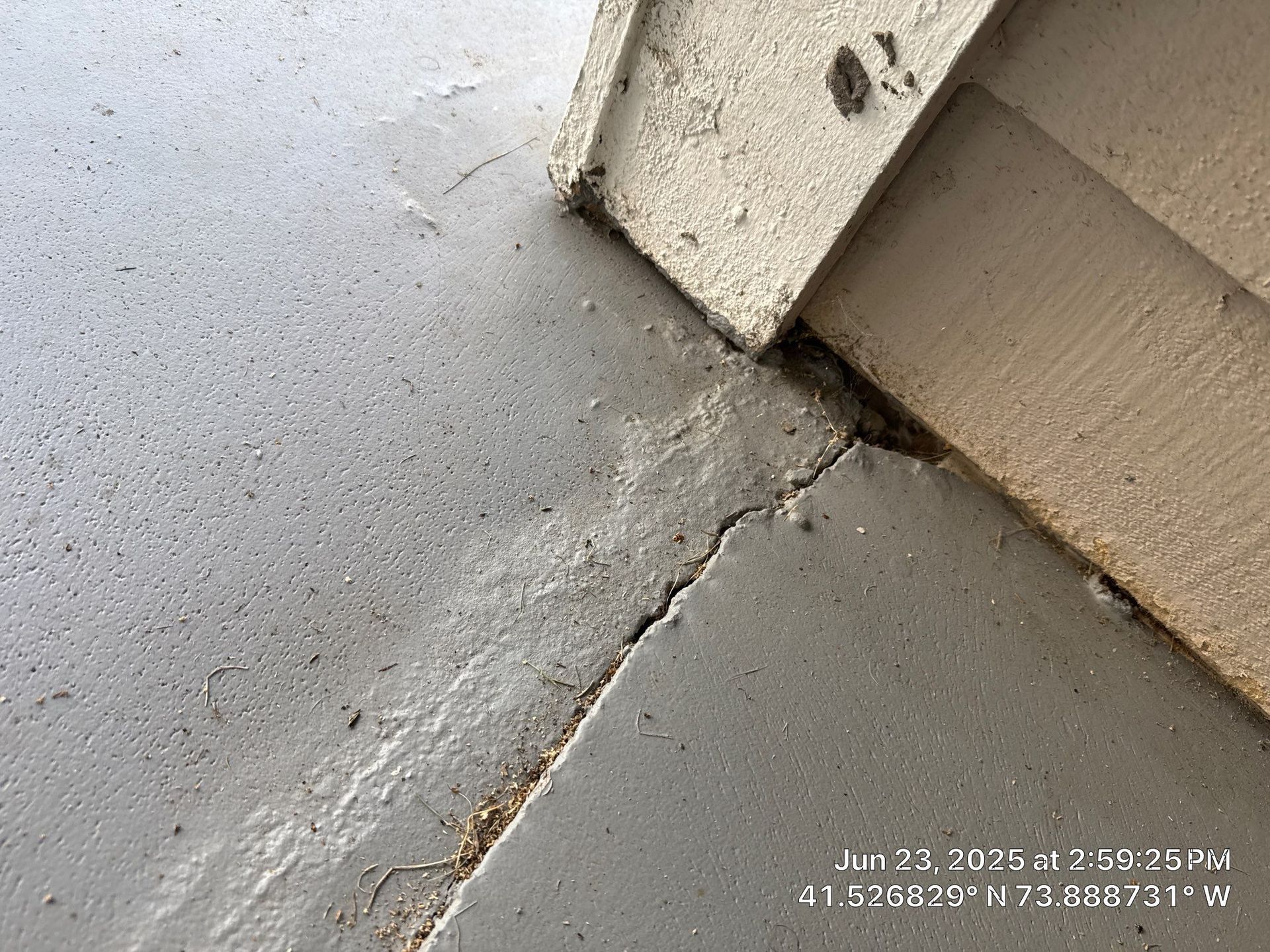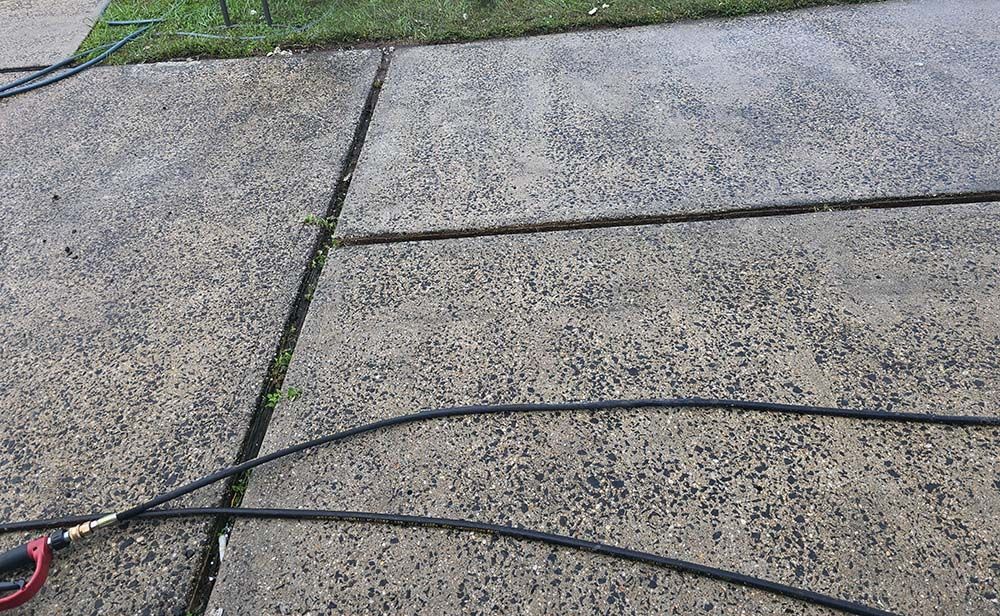What Causes Trip Hazards And How To Fix Them
Request A Free EstimateProtect Your Property and Prevent Accidents with Foam Concrete Lifting
If you’ve ever tripped over a raised sidewalk or an uneven driveway slab, you know just how jarring—and dangerous—it can be. It’s one thing when it happens to you, but when you’re a homeowner or property manager, it’s even worse knowing someone else could get seriously hurt right on your property.
At Metro Concrete Lifting, we help fix these hazards every day across New Jersey, Westchester County, and the Lower Hudson Valley using polyurethane foam lifting—a fast, clean, and long-lasting solution to uneven concrete.
Whether you’ve spotted cracks, dips, or raised edges around your home or commercial space, here’s what you need to know.
What Exactly Is a Trip Hazard?
A trip hazard occurs when one section of concrete sits higher than the adjacent section—usually by half an inch or more. It may seem small, but it’s enough to catch a shoe or stroller wheel and send someone flying.
We often see trip hazards in:
- Sidewalks and walkways
- Driveway slabs
- Pool decks
- Steps and entryways
- Commercial paths and storefronts
Beyond the injury risk, trip hazards can expose property owners to lawsuits, especially in high-traffic areas. In some cases, municipalities may even fine homeowners for not repairing damaged sidewalk sections.
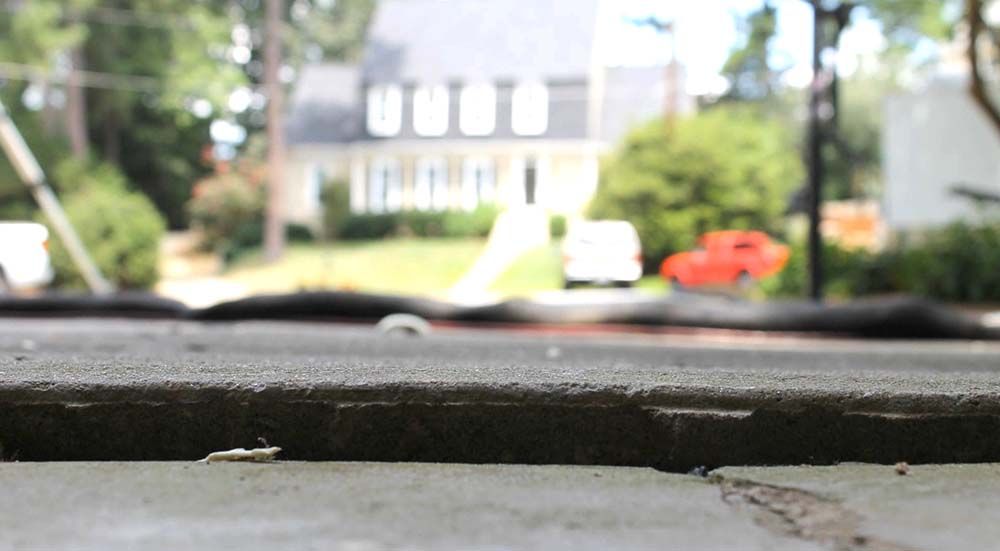
What Causes Trip Hazards in Concrete?
Most trip hazards form because the soil beneath your concrete moves. Here’s why:
- Erosion from rainwater or poor drainage
- Poor soil compaction during original construction
- Tree roots pushing up from below
- Freeze-thaw cycles common in the Northeast
- Long-term soil settling over time
Once the slab loses support underneath, it starts to sink, tilt, or crack—creating an uneven surface that only gets worse with time.
Why Foam Lifting Is the Smart Fix
We get this question all the time: “Do I have to tear out and replace the whole slab?” Thankfully, no. Polyurethane foam lifting offers a better, faster, and cleaner solution.
Here’s how it works:
- We drill small holes into the sunken slab.
- High-density polyurethane foam is injected beneath the surface.
- As the foam expands, it lifts the concrete back into place and fills any voids.
- It cures in 15 minutes—and you can walk or drive on it the same day.
No jackhammers. No waiting days for new concrete to dry. And no big mess. Have questions? Call (845) 445-8255
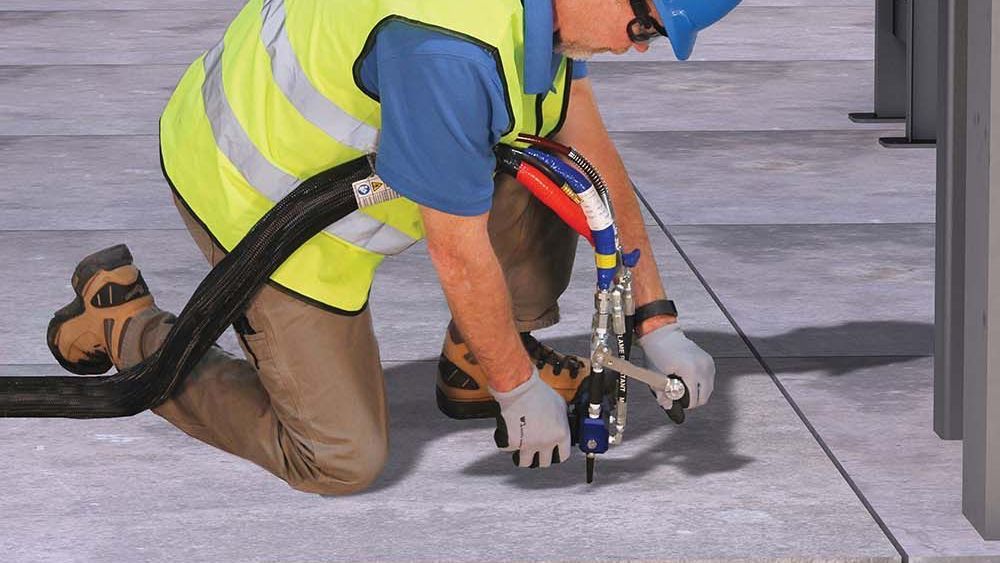
Benefits of Fixing Trip Hazards Early
- Prevent injuries and liability
- Avoid costly lawsuits or city violations
- Restore your curb appeal
- Extend the life of your existing concrete
- Improve property value and safety
And most importantly, it gives you peace of mind knowing your home or business is safer for everyone.
Serving Local Homes and Businesses Across NJ & NY
As a woman-owned, family-run company, we care deeply about helping our neighbors. Whether it’s a sunken sidewalk outside your front door or a raised slab in a commercial entryway, we’ll fix it like we’re fixing our own property.
We proudly serve:
- Bergen, Essex, Passaic, and Hudson Counties in New Jersey
- Westchester County and the Lower Hudson Valley in New York
Don’t Wait for Someone to Get Hurt
If you’ve been putting off fixing a trip hazard, now’s the time. Let’s take care of it before it causes a fall—or a lawsuit. Call (845) 445-8255 to learn more about our concrete leveling services.




